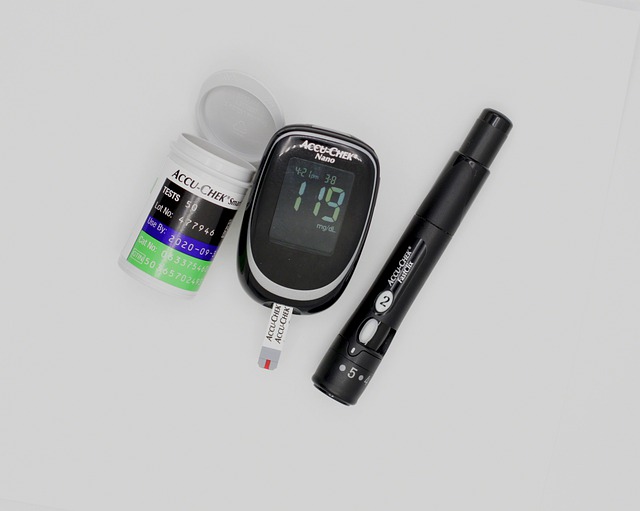Podcast: Play in new window | Download (Duration: 10:44 — 14.7MB) | Embed
On this episode of the Real Life Pharmacology Podcast, I discuss cetirizine pharmacology.
Cetirizine, commonly known as Zyrtec, is a 2nd generation antihistamine. Compared to 1st generation antihistamines, like diphenhydramine and chlorpheniramine, 2nd generation antihistamines have fewer anticholinergic effects. Pharmacologically, cetirizine works by selectively blocking histamine from binding to the H1 receptor. The uses for cetirizine are allergic rhinitis, itching, and sometimes acute allergic reactions. Commonly, cetirizine is dosed at 10 mg daily, and can even be escalated to 10 mg twice daily in rare situations. In adults 77 years old and older, the manufacturer recommended dose tops out at 5 mg daily. There are also liquid and chewable formulations for children.
The adverse drug reactions cetirizine are mostly dose-dependent and related to its pharmacology. Out of all of the 2nd generation antihistamines, like fexofenadine and loratadine, cetirizine is the most sedating. Other adverse drug reactions related to its anticholinergic effects are urinary retention, constipation, confusion, fatigue, and dizziness. Lab monitoring is not necessary when taking cetirizine. It is important to monitor the adverse drug reactions when taking cetirizine, as well as improvement in the signs and symptoms of what it’s used for.
Cetirizine does not undergo metabolism through liver CYP enzymes, so drug-drug interactions involving those enzymes are uncommon. The interactions that are concerning are additive effects of cetirizine’s adverse drug reactions. Drowsiness can be compounded when cetirizine is taken with opioids, sleep medications, alcohol, or other older anticholinergics with sedative effects. There is also a risk of an increased anticholinergic burden when taking medications like Cogentin, oxybutynin, TCAs, and inhaled anticholinergics.
The manifestation of overdoses will vary depending on age. In adults, the most common observation made was sedation and somnolence. In children, restlessness and irritability were observed initially, then drowsiness. Cetirizine is not removed by dialysis. When treating overdoses, the symptoms that manifest should be treated.
Show notes provided by Chong Yol G Kim, PharmD Student.
Be sure to check out our free Top 200 study guide – a 31 page PDF that is yours for FREE!
Support The Podcast and Check Out These Amazing Resources!
Meded101 Guide to Nursing Pharmacology (Amazon Highly Rated)
Guide to Drug Food Interactions (Amazon Best Seller)










